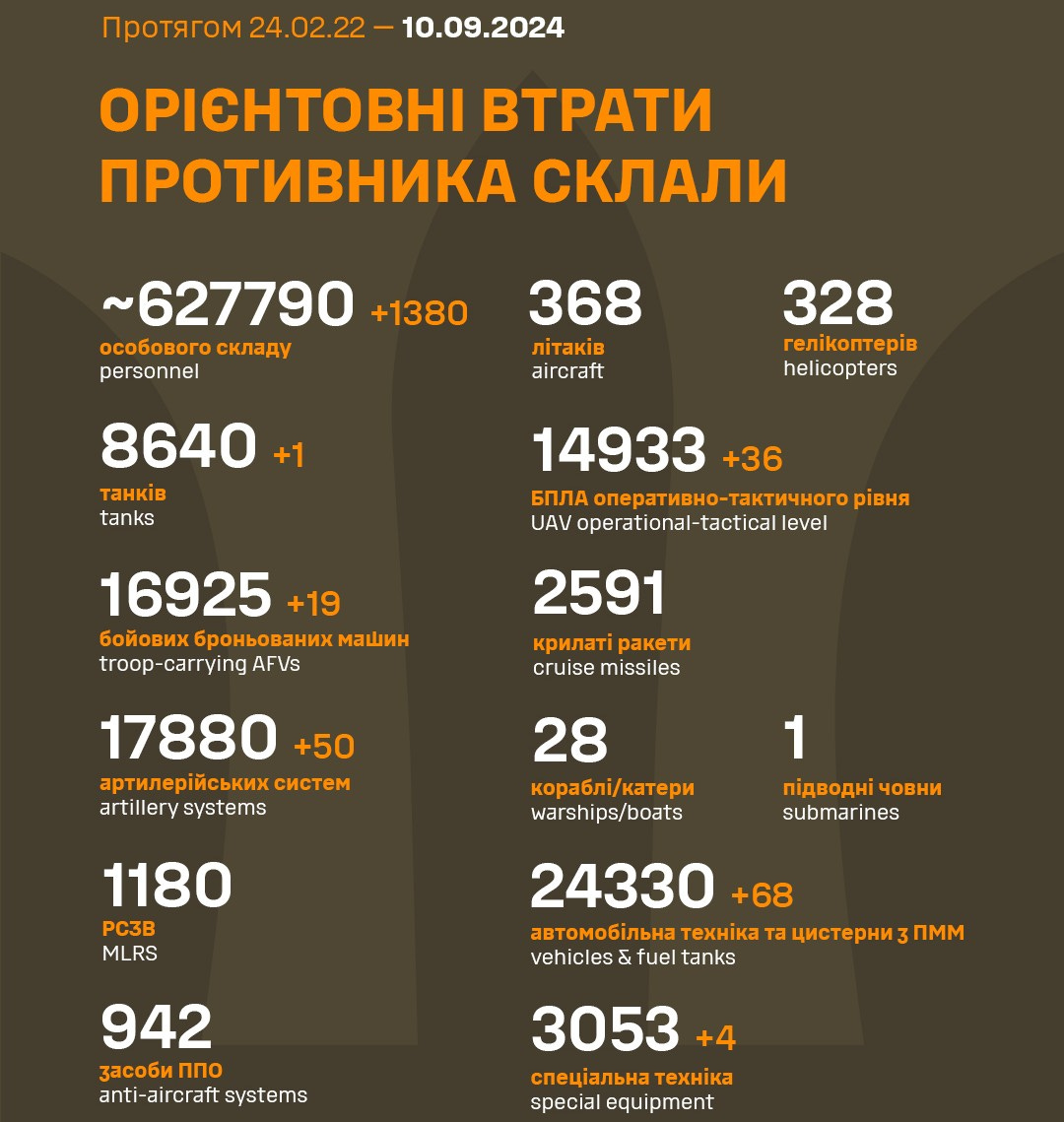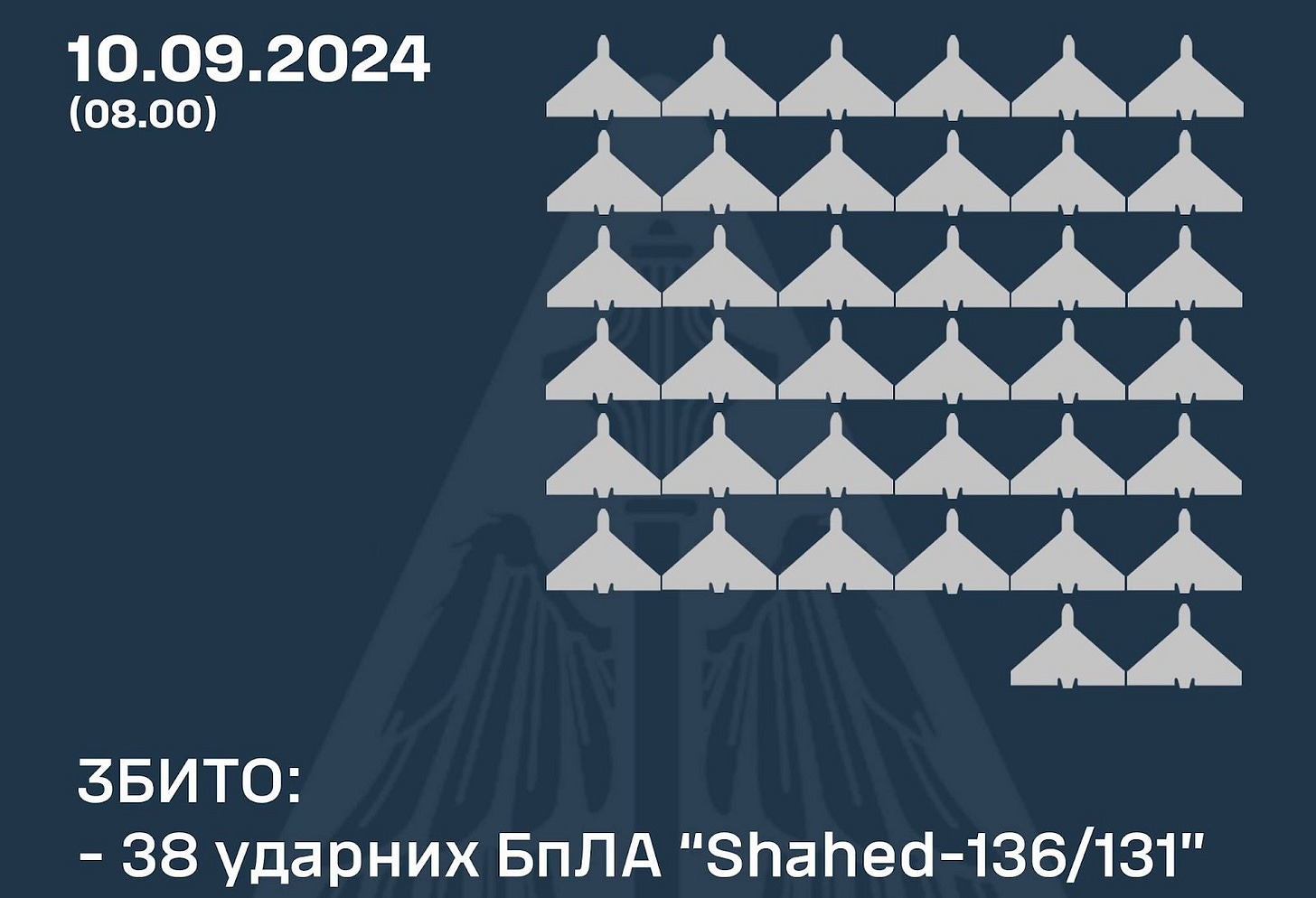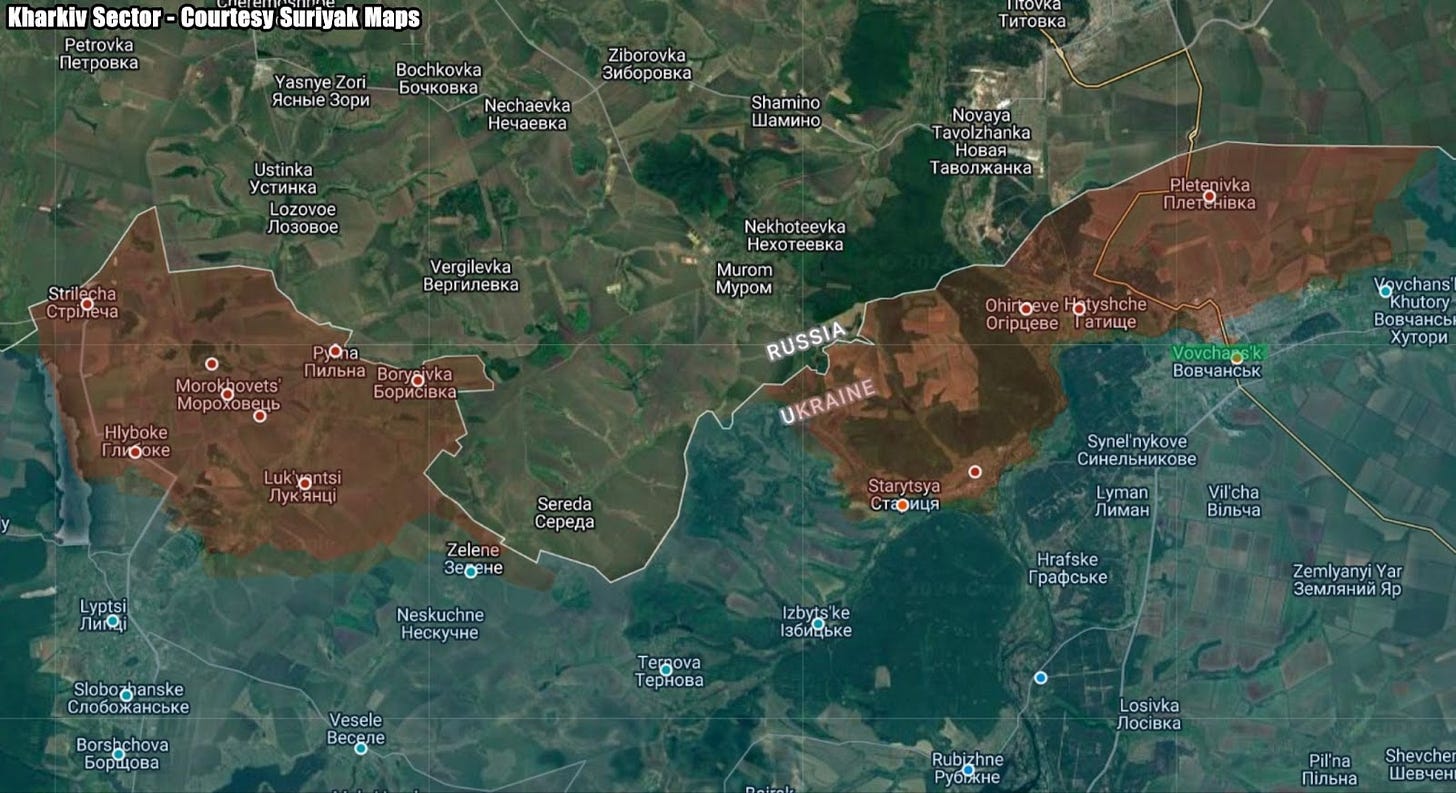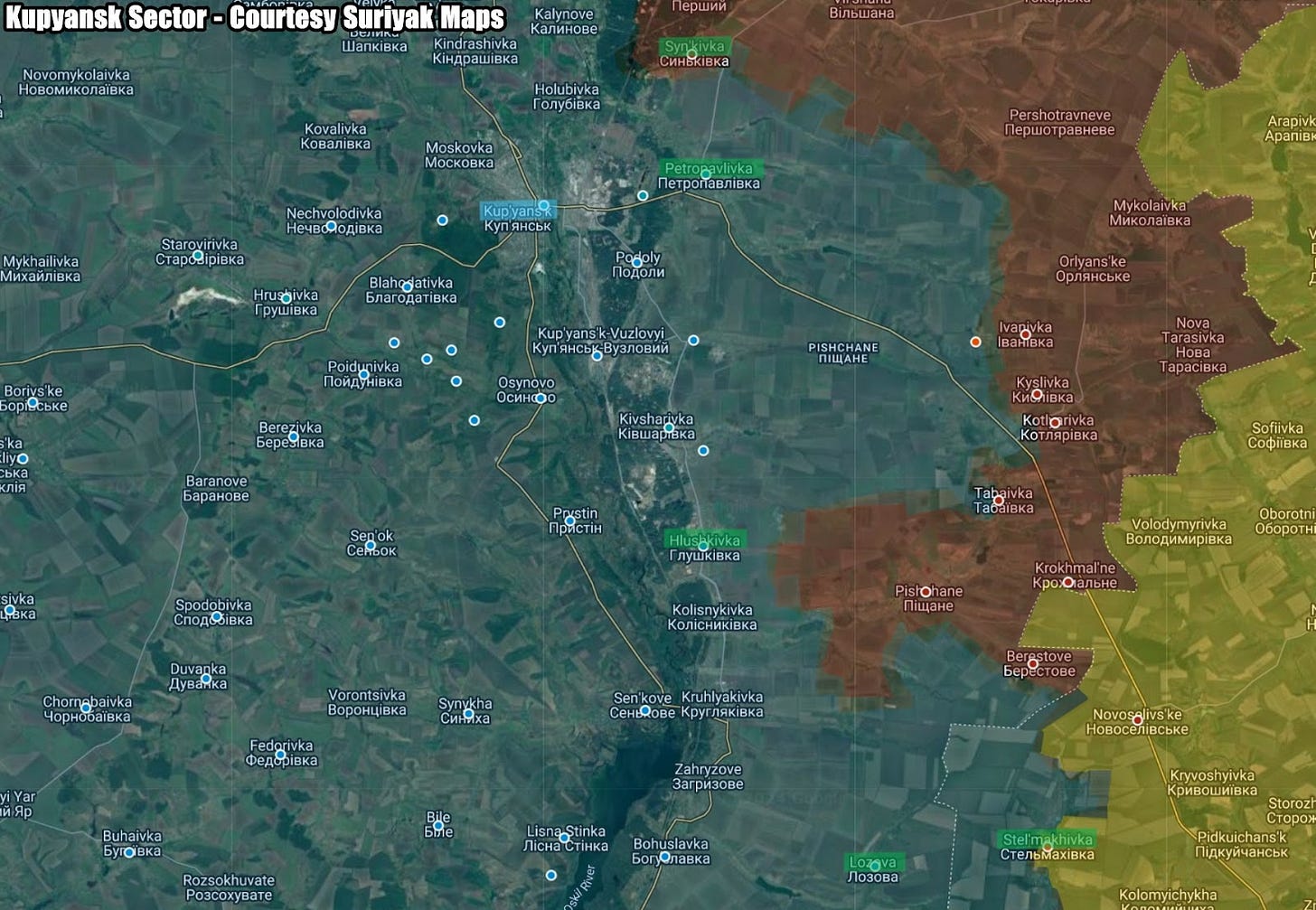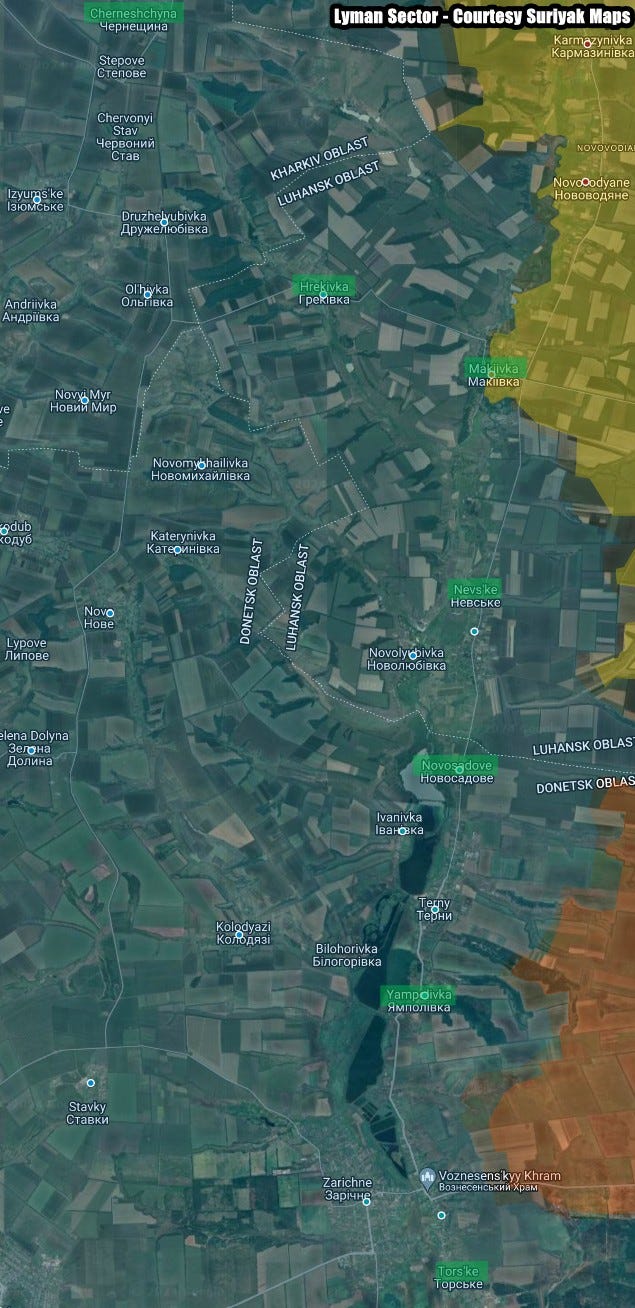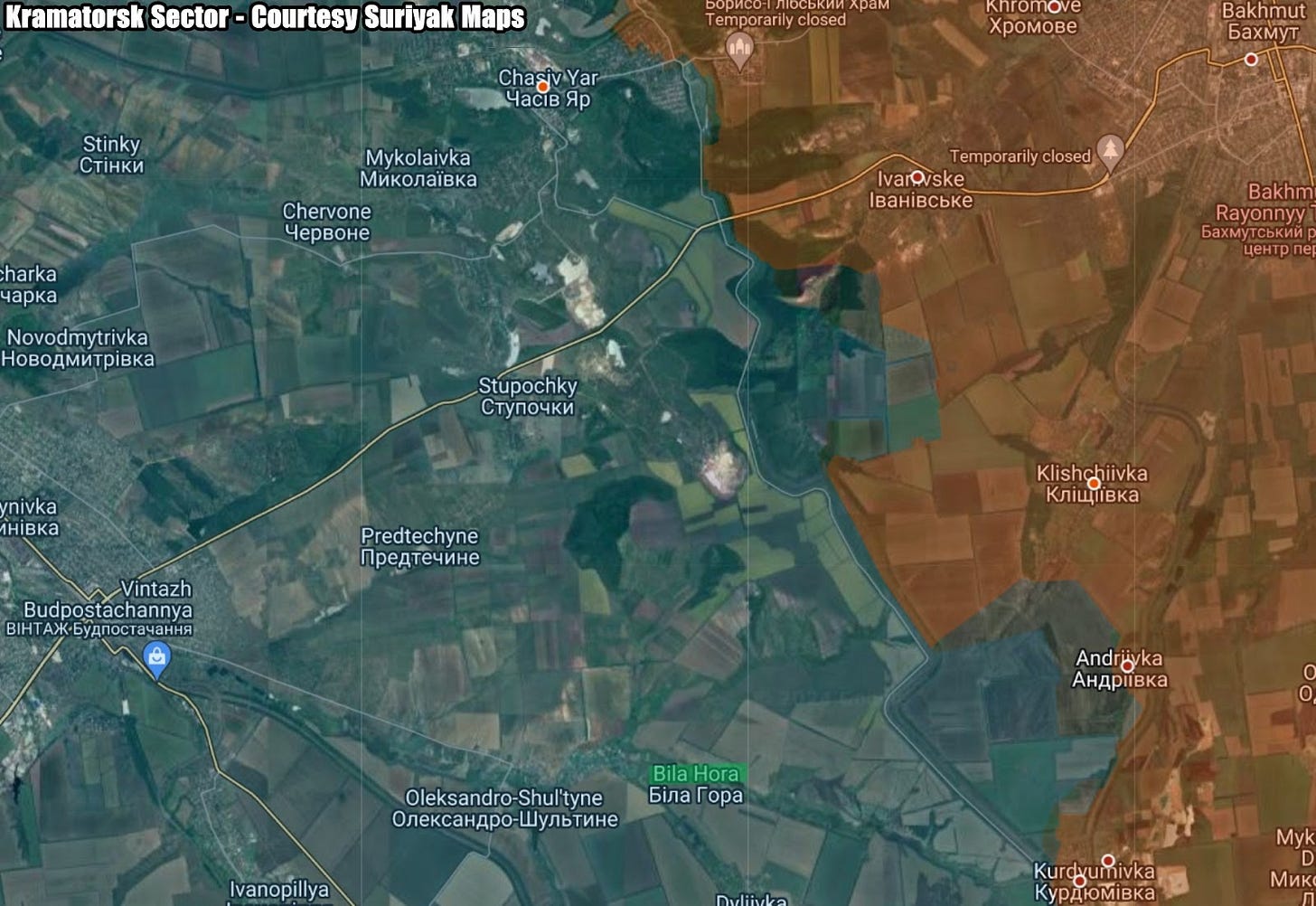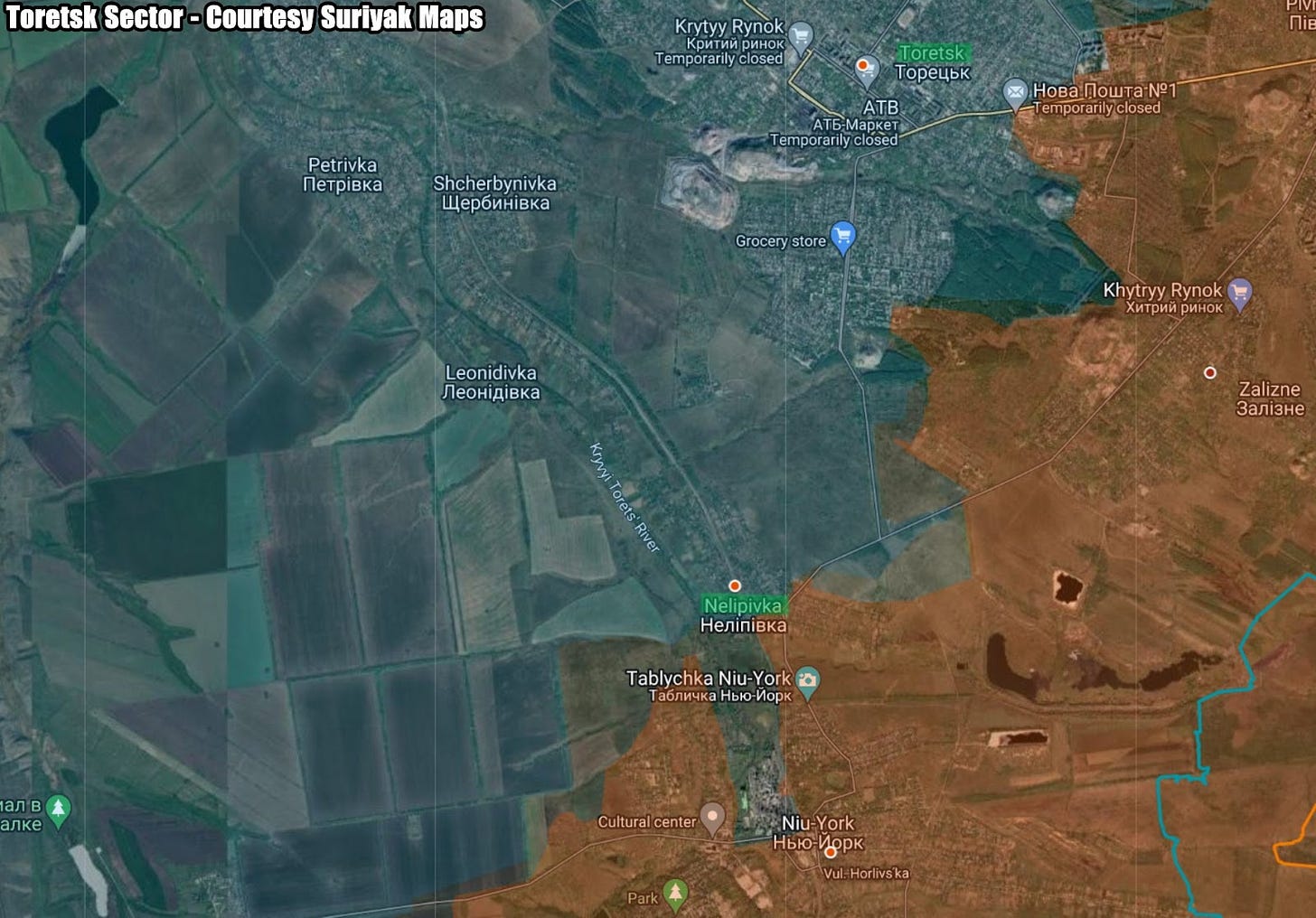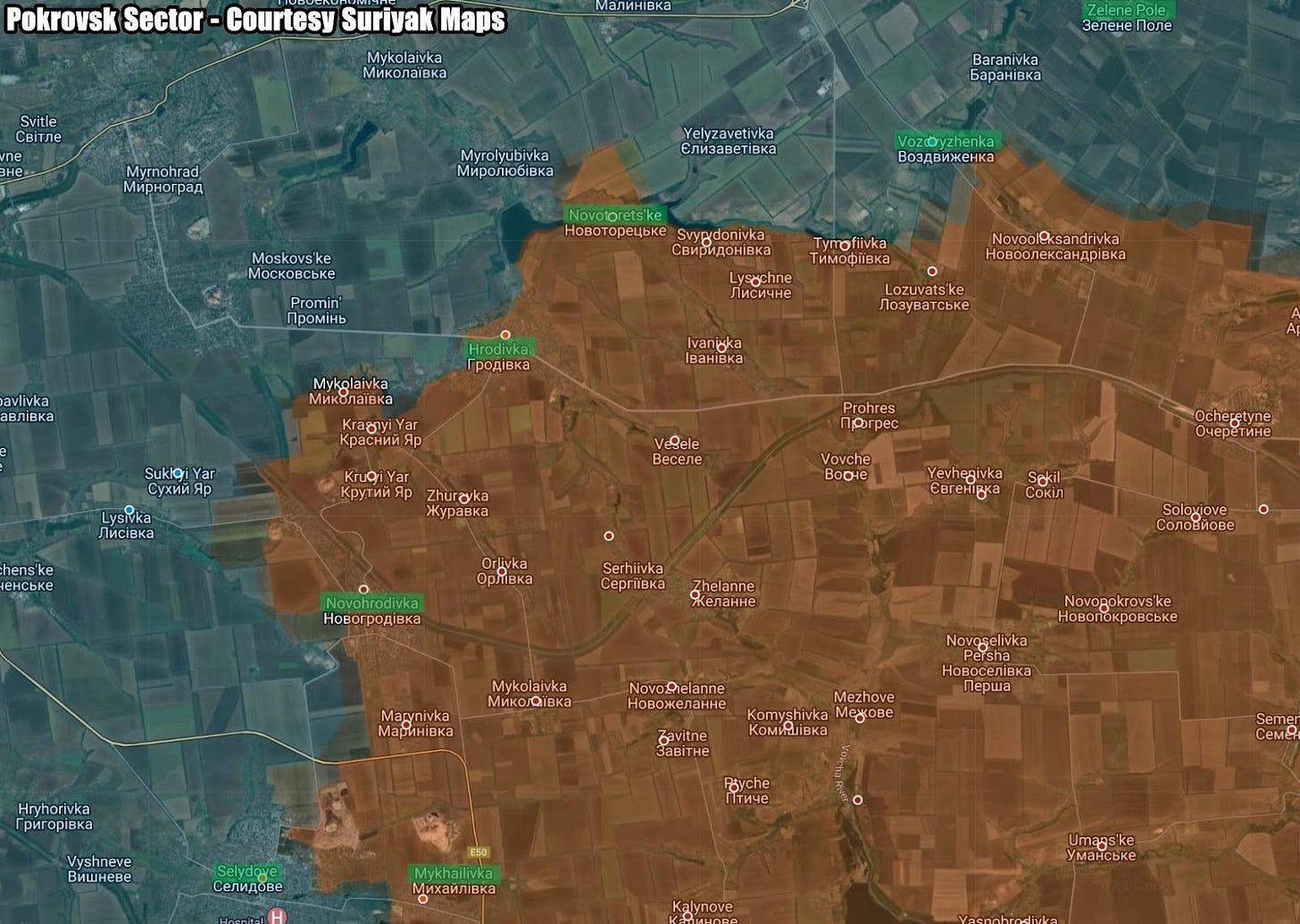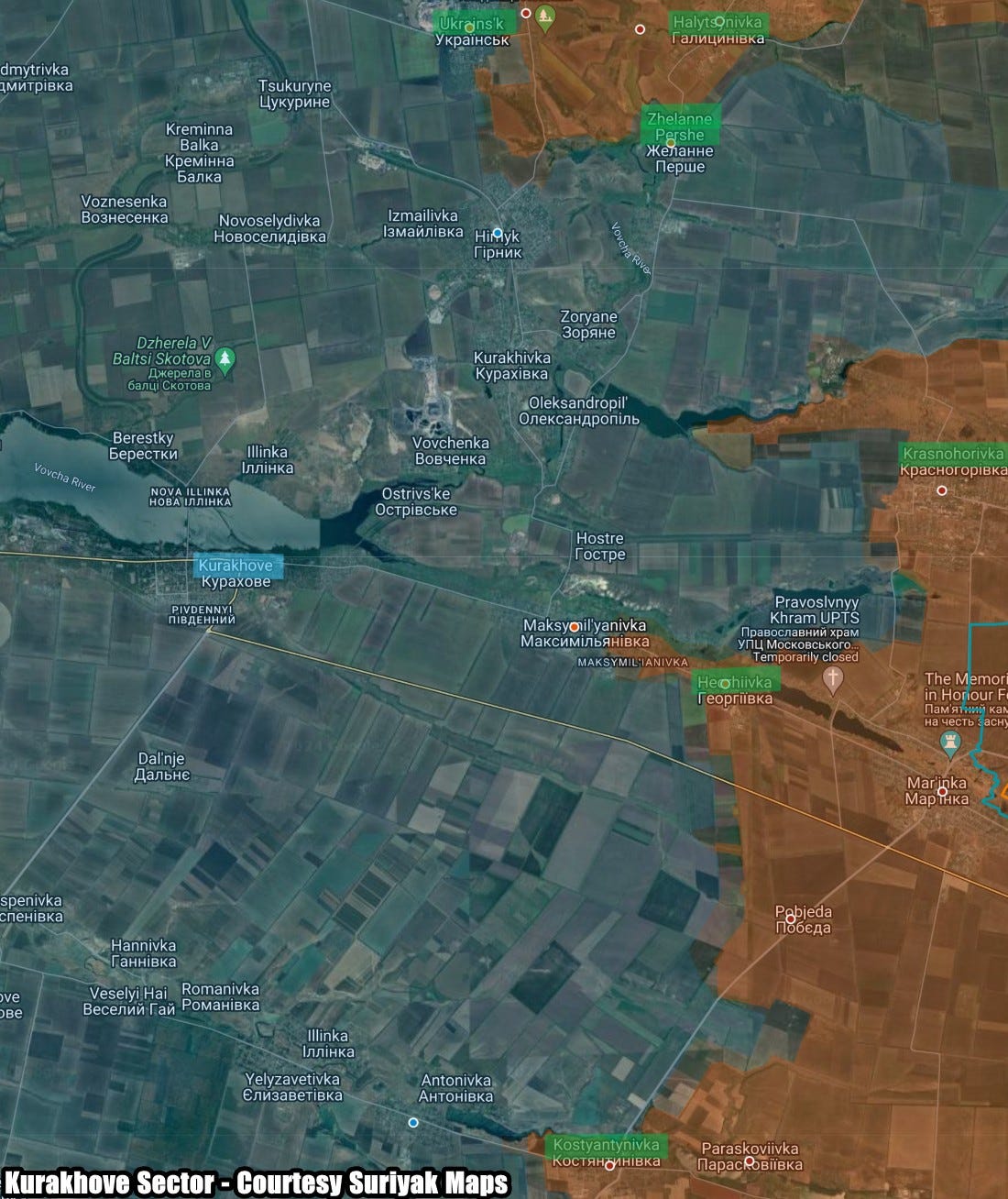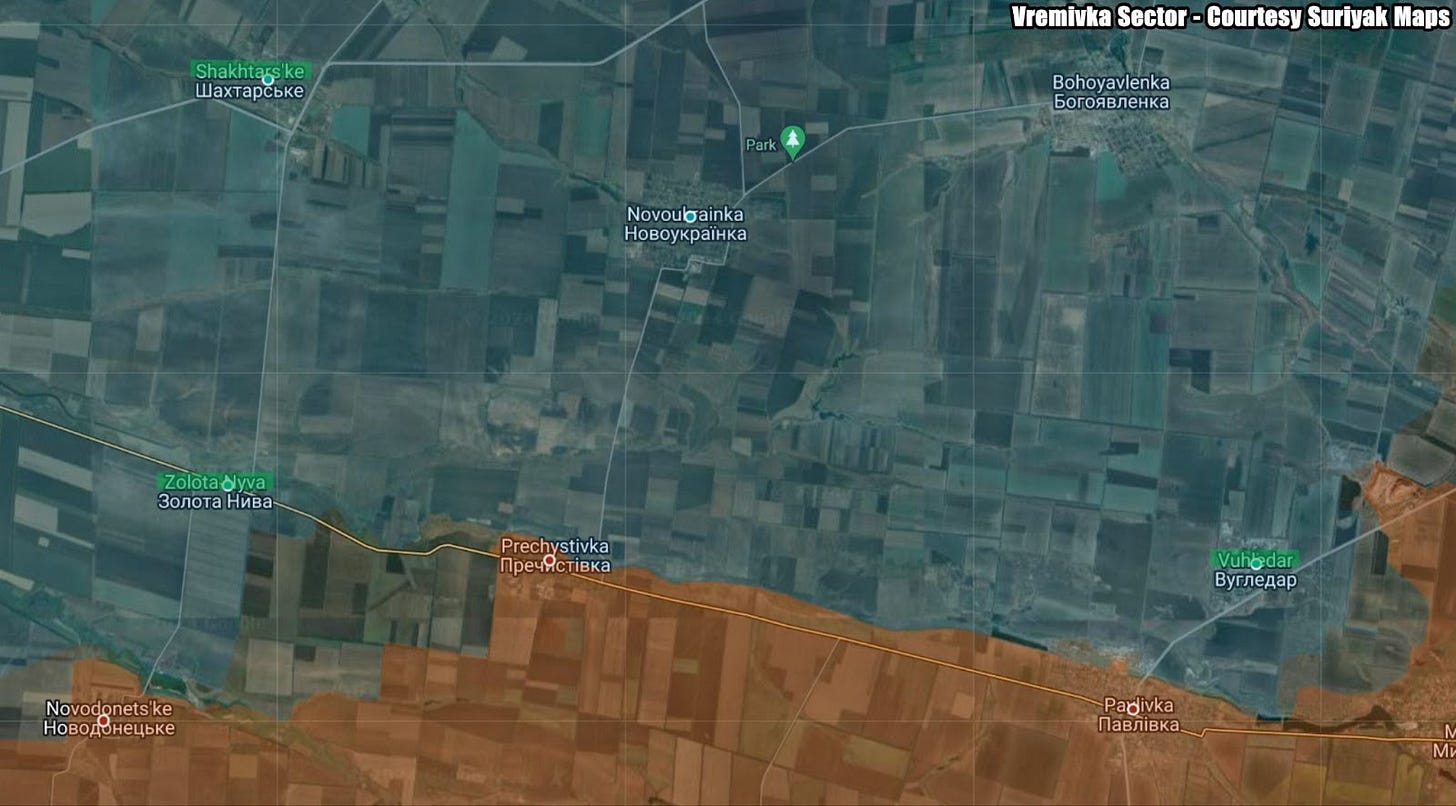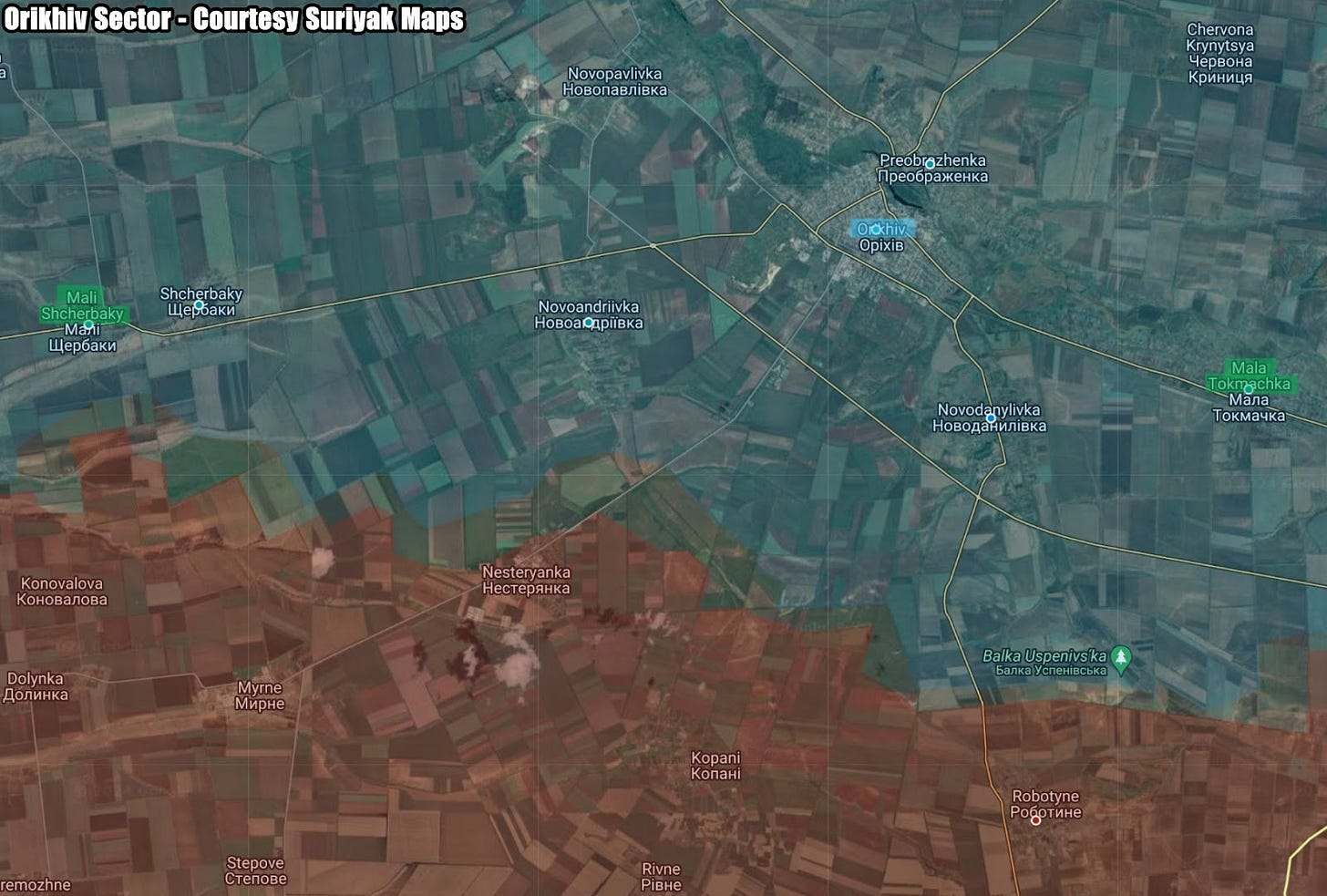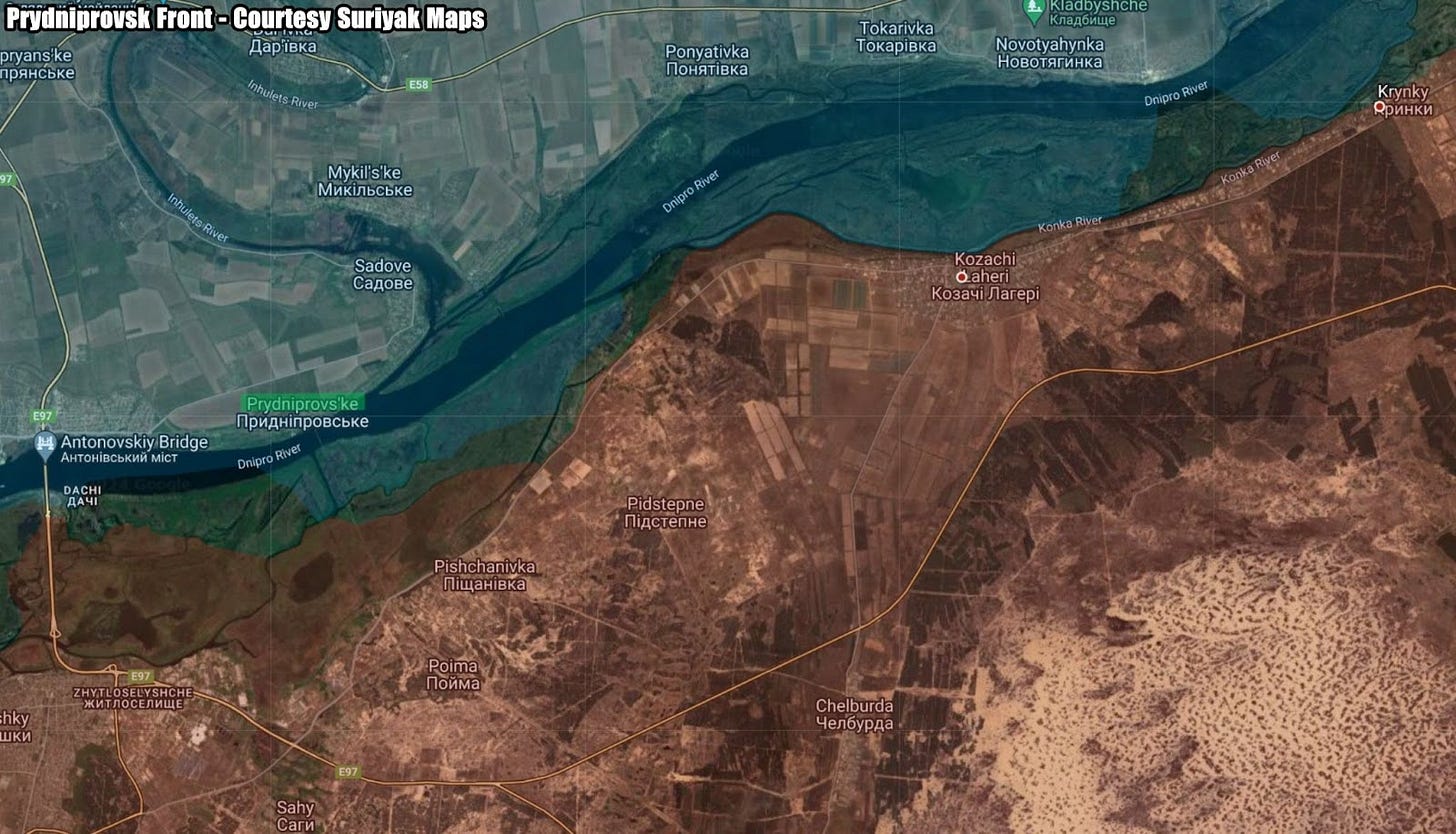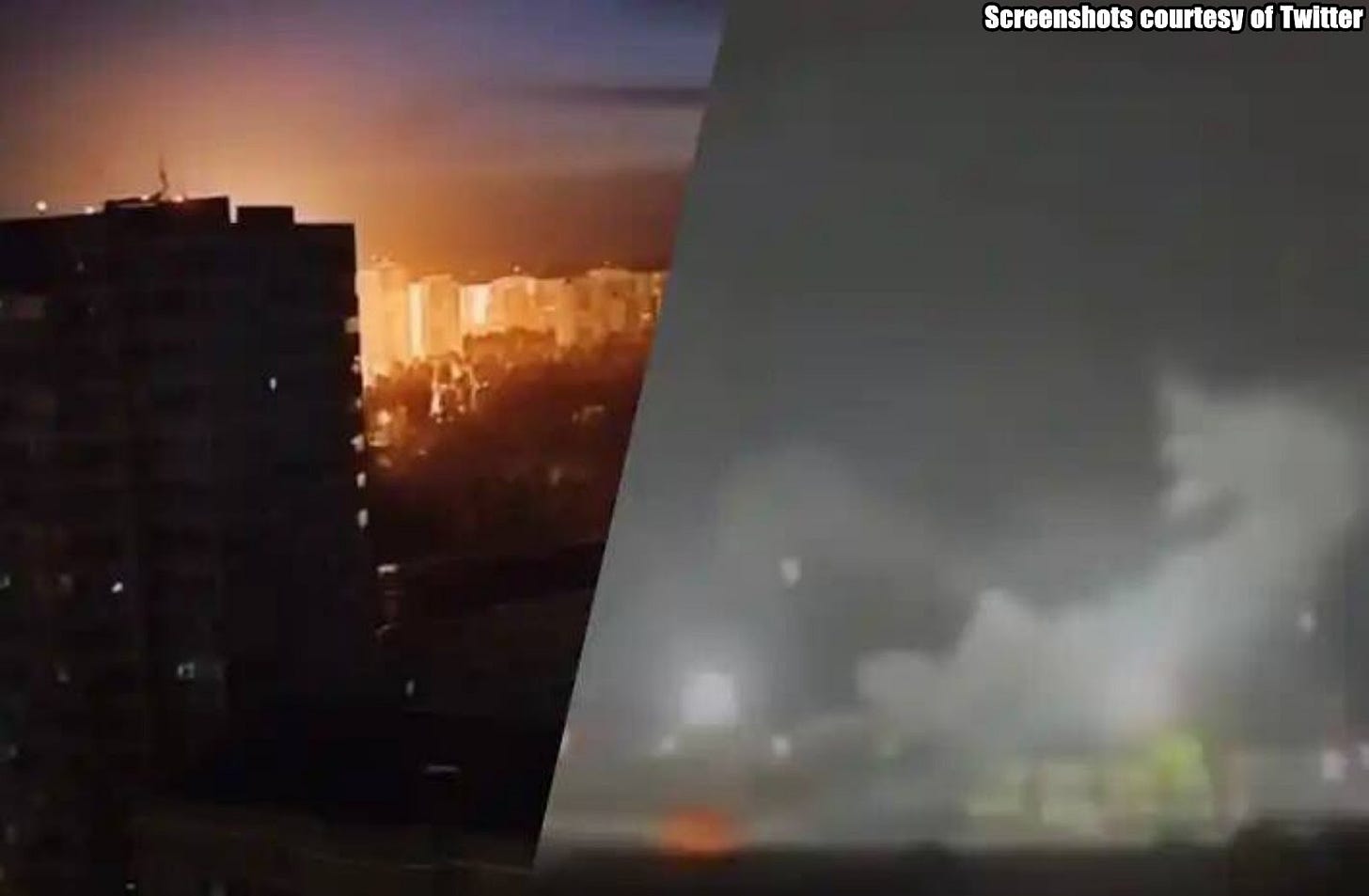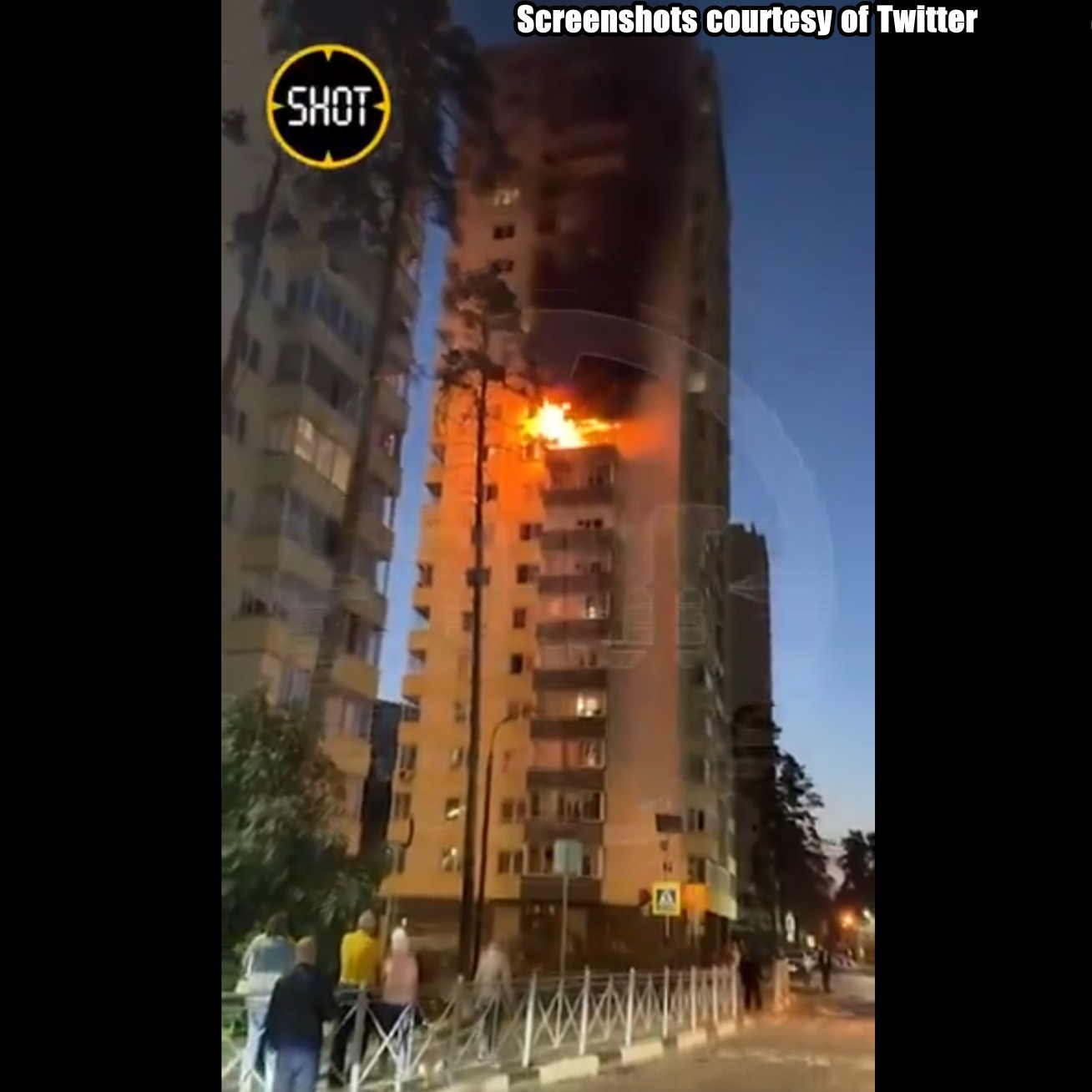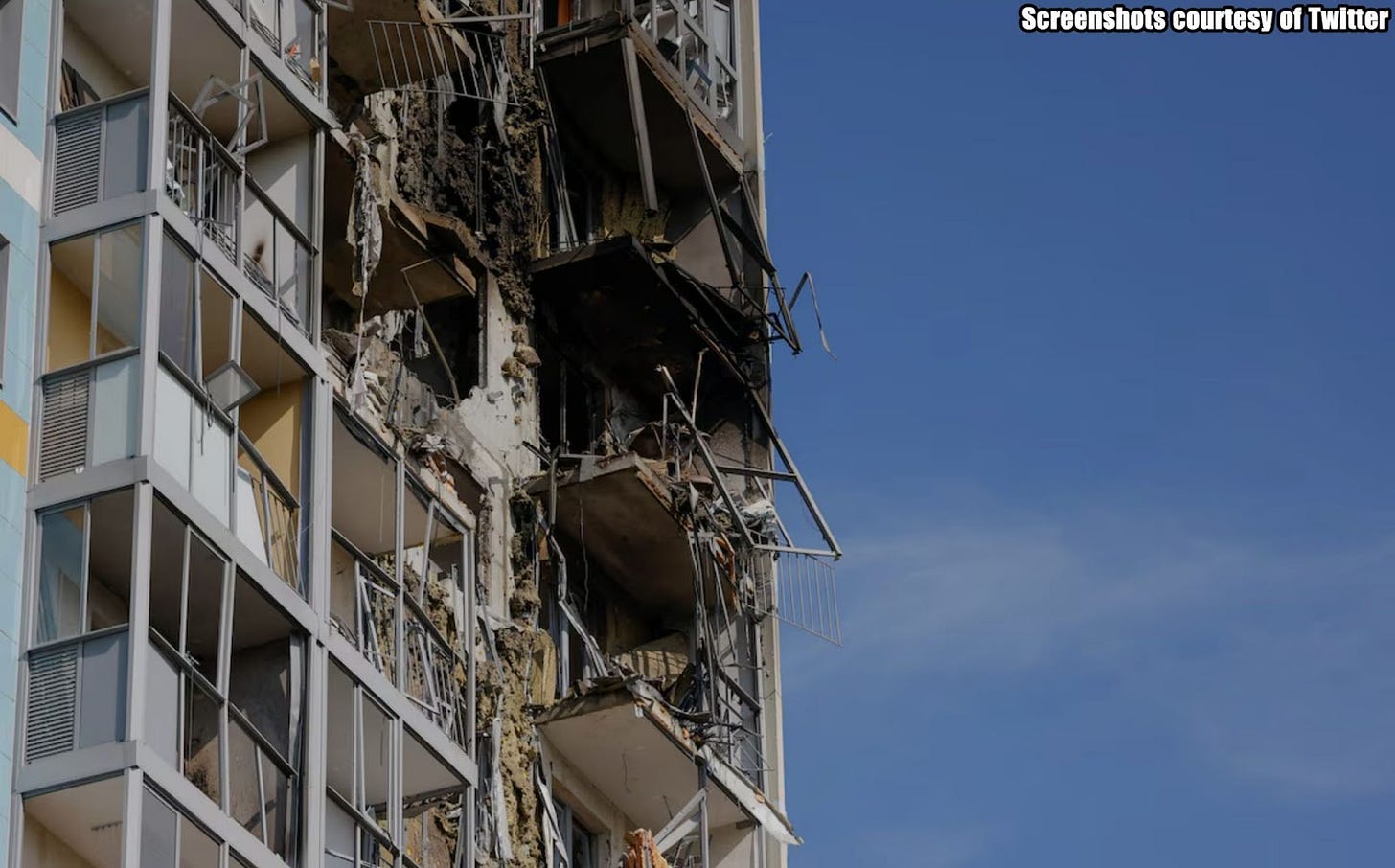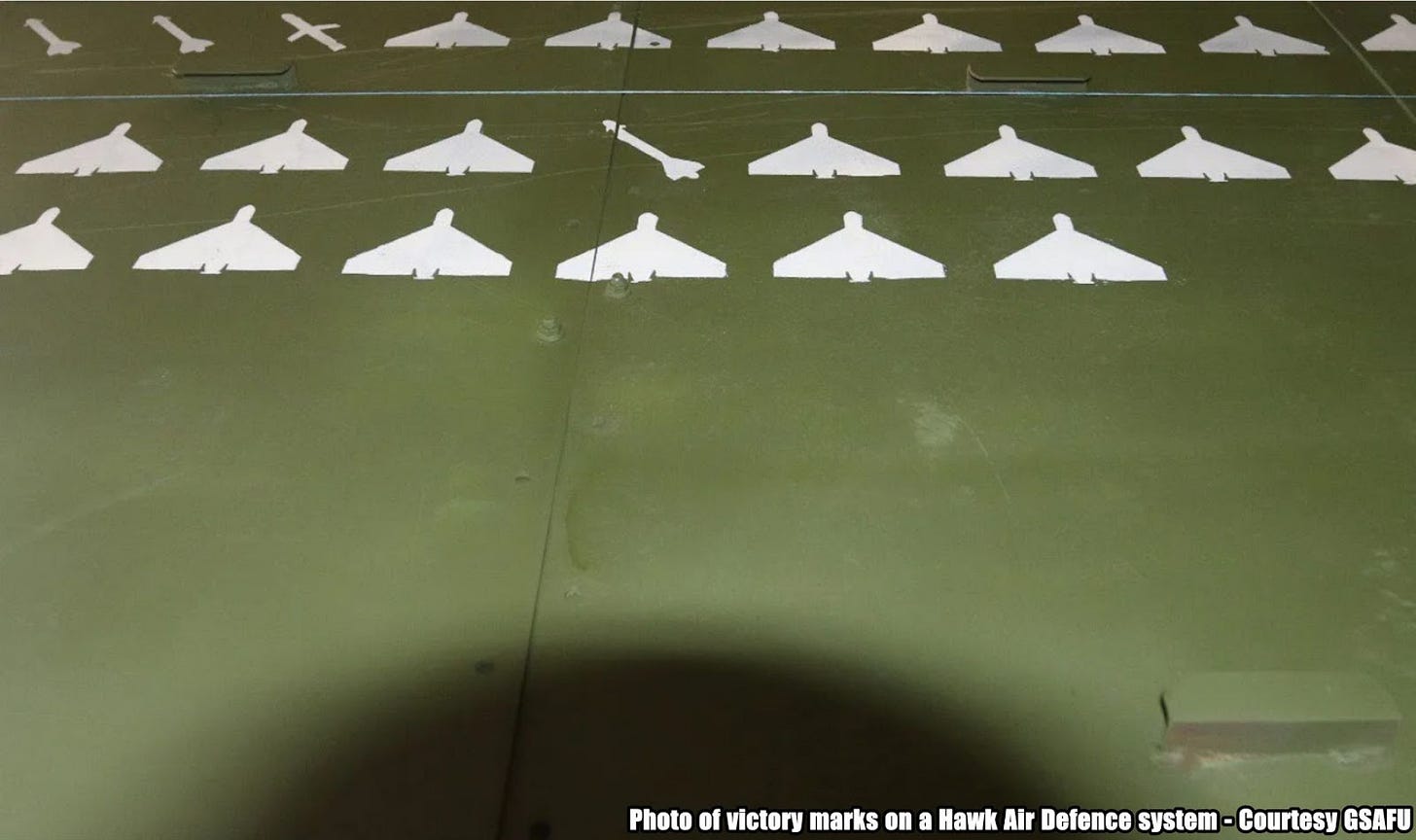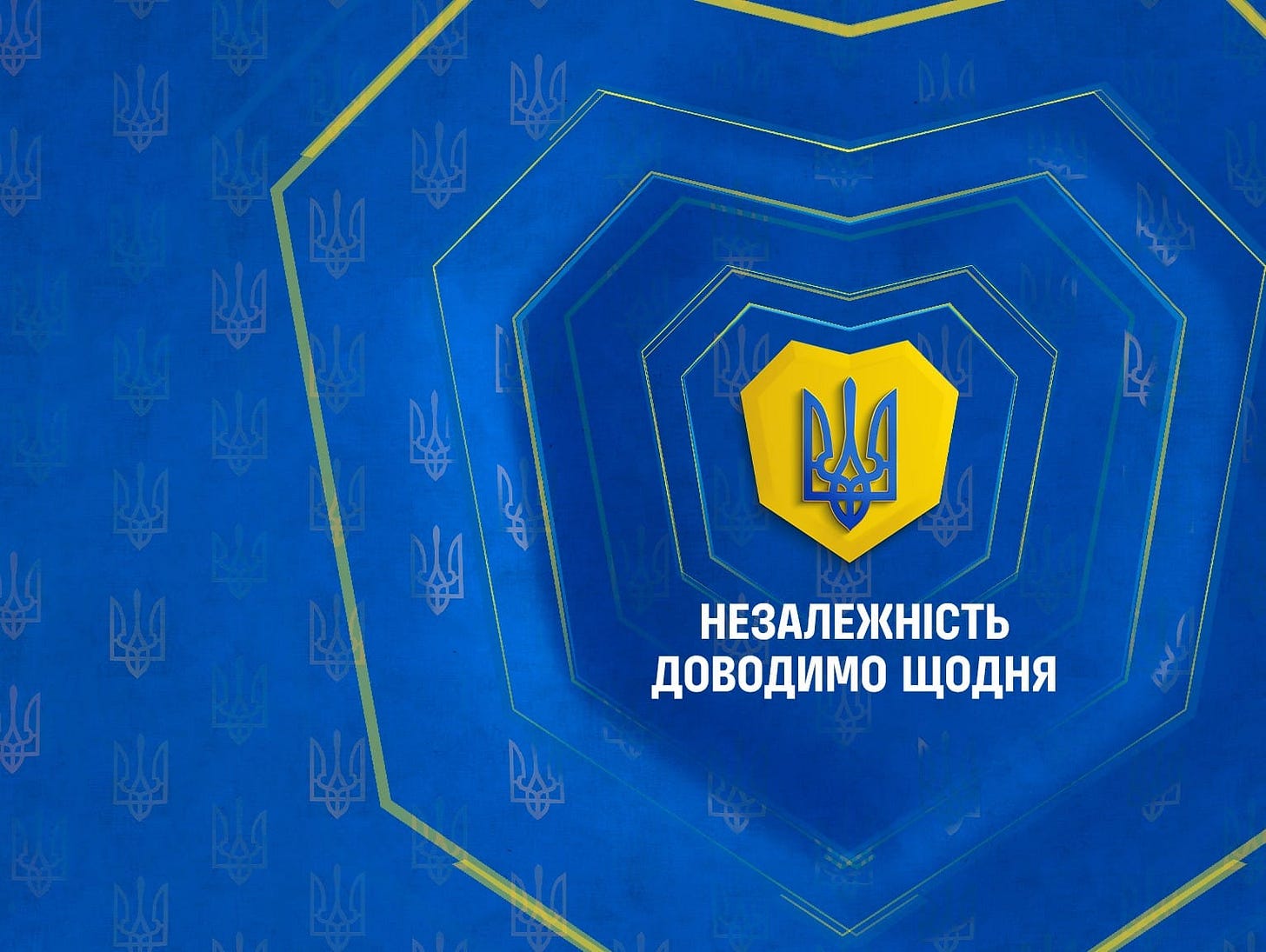Slava Ukraini! In early 2022 I began a Telegram channel aggregating news from a number of sources daily on the war in Ukraine. In June 2023 I began providing a daily draft for the Ukraine War Brief Podcast collecting news from over 70 sources daily, much of which formed the basis of the script. While the Podcast no longer exists I have continued to make this Brief available both on my own Substack and The People’s Media for those who wish to keep up with events on a daily basis.
All the latest news on the Russo-Ukraine War 6 days per week
ALONG THE CONTACT LINE
GSAFU Morning Report
The General Staff of the Armed Forces of Ukraine in its Operational Information update at 22:00 on Sep 09 stated that day 929 of the full-scale invasion of the Russian Federation against Ukraine was about to begin.
During the past day, 147 combat engagements took place. Over the past 24 hours, the enemy carried out 2 missile strikes, 71 air strikes, 593 drone strikes and 3,751 artillery strikes across the positions of Ukrainian forces.
At the same time, Ukrainian soldiers continue to inflict losses in manpower and equipment on the occupying troops, exhausting the enemy along the entire front line and continue to disrupt the plans of Russian occupiers to advance deep into the territory of Ukraine.
Air Force Daily Report
On the night of September 10, 2024, radio engineering troops of the Air Force detected and escorted 48 air attack vehicles. The Russian occupiers struck with an Iskander-M ballistic missile from occupied Crimea, an Kh-31P anti-radar missile from the airspace over the Black Sea, and 46 Shahed type UAVs (launch areas: Kursk, Yeisk - Russian Federation).
Air force, anti-aircraft missile forces, mobile fire groups, units of the Defense Forces of Ukraine's Reb Air Force were involved in repelling the enemy's air attack. As a result of anti-aircraft combat, 38 attack UAVs were shot down.
In addition, three drones left the controlled airspace of Ukraine, one in the direction of Russia, two in the direction of the occupied Luhansk region. Three more enemy UAVs were lost in location on the territory of Ukraine (probably fell under the influence of EW devices).
Anti-aircraft defense worked in Vinnytsia, Kyiv, Chernihiv, Kirovohrad, Mykolaiv, Odesa, Kherson, Cherkasy, Sumy, Dnipropetrovsk, Kharkiv, Zaporizhia and Poltava regions.
The Russian Border Incursion
The Institute for the Study of War (ISW), a US based think tank, in its Sep 09 Russian Offensive Campaign Assessment assessed that Russian forces recently regained lost positions in Kursk Oblast amid continued Ukrainian offensive operations in the area on September 9. Geolocated footage published on September 8 indicates that Russian forces recently regained lost positions west of Ulanok (southeast of Sudzha). Russian sources claimed that Ukrainian forces attacked southwest of Korenevo near 10-y Oktyabr; south of Korenevo near Snagost; near Korenevo; east of Korenevo near Kremyanoye; north of Sudzha near Malaya Loknya, Pogrebki, and Cherkasskoye Porechnoye; northeast of Sudzha near Mikhailovka and Martynovka; and southeast of Sudzha near Cherkasskaya Konopelka on September 8 and 9.
A Russian source claimed that Russian forces regained full control over Komarovka and Vishnevka (both southwest of Korenevo), advanced east of Korenevo, and advanced up to 300 meters in the Malaya Loknya-Cherkassakoye Porechnoye area and in unspecified areas of southern Sudzha Raion.
Elements of the Russian 810th Naval Infantry Brigade (Black Sea Fleet, Southern Military District [SMD]), 11th Airborne (VDV) Brigade, the "Koshmar" Detachment, and the Chechen Akhmat Spetsnaz's "Aida" Detachment are reportedly operating in Kursk Oblast.
The Khortytsia operational-strategic group
(Responsible for the northeastern part of Ukraine. )
Kharkiv Sector: Ukrainian Defense Forces repelled 1 Russian attack near Vovchansk.
Kupyansk Sector: Russian Forces carried out 9 offensive actions against Ukrainian defensive positions near Synkivka, Petropavlivka, Hlushkivka, Lozova and Stelmahivka. 2 engagements continue.
Lyman Sector: Russian Forces carried out 13 offensive actions against Ukrainian defensive positions near Cherneshchyna, Hrekivka, Makiivka, Nevske, Novosadove, Yampolivka and Torske. 2 engagements are ongoing.
Siversk Sector: Russian forces carried out 11 unsuccessful assaults in the vicinity of Verkhnokamianske, Spirne and Zvamivka. engagements are ongoing.
Kramatorsk Sector: Russian forces carried out 2 unsuccessful offensive actions near Bila Hora. The situation is under control.
Toretsk Sector: Russian forces carried out 6 unsuccessful offensive actions with air support near Toretsk and Nelipivka.
The Tavria operational-strategic group
(Responsible for the central-eastern and southeastern part of Ukraine.)
Pokrovsk Sector : The enemy conducted 33 attacks against Ukrainian defences in this area over the last day in the vicinity Zelene Pole, Vozdvyzhenko, Novotoretske, Hrodivka, Novohrodivka where the heaviest attacks took place, Selydove and Mykhaillivka.
Kurakhove Sector: There have been 46 combat engagements of various intensities as Russian forces attempted to advance mainly in the areas of the settlements of Ukrainsk, Halytsynivka, Zhelanne Pershe, Krasnogorivka, Heorhiivka, where the heaviest fighting took place and Kostyantynivka.
Vremivka Sector: Russian forces made 9 assaults against Ukrainian positions near Vuhledar, Zolta Nyva and Shaktarske. 2 engagements are still ongoing.
Orikhiv Sector: The situation in this sector has not changed significantly.32 enemy attacks were repulsed over the last day in the vicinity of Mali Shcherbaky and Mala Tokmachka.
The Odesa operational-strategic group
(Responsible for Kherson, Qırım, (also known as Crimea) and the Black Sea.)
Prydniprovsk Sector: In this sector, over the last day, the situation has not changed significantly. Russian forces made 9 unsuccessful attempts to force Ukrainian units from their positions on the left bank of the Dnipro.
TEMPORARILY OCCUPIED TERRITORIES
Nothing major to report.
THE HOME FRONT
Ukraine doubles weapons production in 2024, focuses on drones and shells, PM says
Prime Minister Shmyhal highlighted partnerships with international defense companies, the development of long-range systems, and the establishment of joint ventures as key components of this growth. Euromaidan Press reports.
Ukraine has doubled its weapons production in the first eight months of 2024 compared to the same period in 2023, Prime Minister Denys Shmyhal announced on 10 September. He highlighted significant progress in the country’s defense industry, particularly in drone manufacturing and artillery ammunition production.
“In 2023, weapons production in Ukraine increased threefold, and in the first eight months of this year, we have increased production by another two times compared to 2023. So we are progressing.“
The Prime Minister emphasized the growth in drone production, revealing that contracts for manufacturing one million drones have been secured this year alone.
Addressing the critical issue of artillery ammunition shortage, Shmyhal noted that Ukraine is working on producing its own munitions.
The Prime Minister also highlighted the focus on developing Ukraine’s own long-range systems.
The Ukrainian government is also fostering international partnerships in the defense sector. Shmyhal mentioned a precedent set with Denmark, where Ukrainian production receives funding from partners, who then purchase Ukrainian-made weapons for the Ukrainian army. This approach, according to the Prime Minister, is more advantageous and reliable for the military.
Shmyhal reported that dozens of new foreign defense industry enterprises are establishing presence in Ukraine.
“These are American, European, British, and other companies from around the world, with which active cooperation is already underway, not only based on joint contracts but also on the creation of joint ventures for production in Ukraine and neighboring countries,” he said.
RUSSIAN WORLD
Ukraine targets Moscow in biggest drone attack yet
Ukraine targeted the Russian capital on Tuesday in its biggest drone attack so far, killing at least one and wrecking dozens of homes in the Moscow region and forcing around 50 flights to be diverted from airports around Moscow. Reuters reports.
Russia, the world's biggest nuclear power, said it had destroyed at least 20 Ukrainian attack drones as they swarmed over the Moscow region, which has a population of more than 21 million, and 124 more over eight other regions.
At least one person was killed near Moscow, Russian authorities said. Three of Moscow's four airports were closed for more than six hours and almost 50 flights were diverted.
The drone attacks on Russia damaged at high-rise apartment buildings in the Ramenskoye district of the Moscow region, setting flats on fire, residents told Reuters.
A 46-year-old woman was killed and three people were wounded in Ramenskoye, Moscow regional governor Andrei Vorobyov said. Residents said they awoke to blasts and fire.
More than 70 drones were also downed over Russia's Bryansk region and tens more over other regions, Russia's defence ministry said. There was no damage or casualties reported there.
Russian President Vladimir Putin, who has sought to insulate Moscow from the grinding rigours of the war, has called Ukrainian drone attacks that target civilian infrastructure such as nuclear power plants "terrorism" and has vowed a response.
Moscow and other big Russian cities have largely been insulated from the war.
Russia itself has hit Ukraine with thousands of missiles and drones in the last two-and-a-half years, killing thousands of civilians, wrecking much of the country's energy system and damaging commercial and residential properties across the country.
Ukraine says it has a right to strike back deep into Russia, though Kyiv's Western backers have said they do not want a direct confrontation between Russia and the U.S.-led NATO military alliance.
There was no immediate comment from Ukraine about Tuesday's attacks. Both sides deny targeting civilians.
Authorities in the Tula region, which neighbours the Moscow region to its north, said drone wreckage had fallen onto a fuel and energy facility but that the "technological process" of the facility was not affected.
Russia to spend over half billion dollars to block VPN services
Russia will spend US$646 million to strengthen its VPN blocking network, according to Russian media. Forbes reports
Roskomnadzor, Russia's communications watchdog, proposes to spend 59 billion roubles (approx. US$644 million) over the next five years to modernise its Internet filtering capabilities.
The funds will be used to improve technology that filters Internet traffic and blocks or slows down specific web resources.
In 2019, Russia introduced legislation that permits the country to totally disconnect from the internet in what it calls a "campaign to preserve digital sovereignty".
Following the full-scale invasion of Ukraine, the Kremlin reportedly banned some foreign social media and internet corporations, however many sites are still accessible via virtual private networks, or VPNs.
By upgrading the technology, Russian authorities will be able to better block access to VPNs. As traffic volumes increased, new equipment was purchased on a yearly basis beginning in 2020.
NEWS WORLDWIDE
Ukrainian Canadian Congress calls for investigation into budget funding of “Russians at War” film
The Ukrainian Canadian Congress (UCC) has expressed deep concern over the screening of the film “Russians at War” at the Toronto International Film Festival and is calling for an investigation into its funding from the Canadian budget.
In a letter addressed to Jeffrey Remedios, Chair of the Board of the Toronto International Film Festival, the UCC, representing the interests of 1.4 million Ukrainian Canadians, voiced its opposition to the screening of the film directed by Anastasia Trofimova, a former RT employee.
The UCC claims that the film, which received $340,000 in funding from Canadian taxpayers, equates the aggressor and the victim, portraying Russia’s war against Ukraine as a “nefarious game.” The organization argues that this perspective represents a moral equivalency of the most disgraceful kind and serves to infantilize the criminal actions of Russian forces in Ukraine.
Of particular concern to the UCC is how the film was made. They state that it’s improbable that Trofimova could have traveled to Russian-occupied Ukrainian territory without the knowledge, support, and permission of the Russian state. This raises questions about the legality of the director’s actions and the nature of the access granted for filming.
The Congress is calling for two main actions: the cancellation of the film’s screening at the Toronto International Film Festival, scheduled for September 10th, and an investigation into how and why Canadian taxpayer money was used to fund what they consider Russian propaganda.
The UCC’s stance is echoed by Ukraine’s Consulate General in Toronto, which has also requested the festival organizers to cancel the screening. Additionally, a group of Ukrainian parliament members has appealed to their Canadian counterparts to prevent the showing of the film.
The UCC emphasizes that the funding and support of this film by the Canadian and Ontario governments have handed Russia a propaganda victory, and they are calling for accountability in the use of public funds for what they see as support for Russian propaganda.
As was previously reported, Ukrainian MPs urged Canada to block the screening of “Russians at war” film at Toronto festival, stating that the “documentary” whitewashes the Russian army that attacked Ukraine and promotes Russia’s soft power narratives about a “deeper understanding of war.”
MILITARY & TECH
Vintage HAWK system proves effective against Russian missiles
Ukraine has reported success using the vintage American MIM-23 HAWK air defense system to intercept Russian cruise missiles and one-way attack drones. Defence Blog reports.
The HAWK system was first transferred to Ukraine by Spain in the fall of 2023, with six launchers and accompanying training for 64 Ukrainian personnel. Since then, other NATO allies, including the United States, have also supplied additional HAWK units to bolster Ukraine’s air defense capabilities.
Ukrainian air defense units, armed with the Improved HAWK Phase III variant, have been using these systems to intercept Russian threats, including cruise missiles and Iranian-made Shahed drones. According to Ukraine’s Air Force Command, one unit alone has downed 14 Russian cruise missiles and 40 Shahed kamikaze drones since it became operational.
Originally deployed by the U.S. Army in 1959, the HAWK system, despite its age, has proven highly effective in protecting Ukrainian cities and strategic infrastructure.
“Hawks have performed well in intercepting cruise missiles. Despite their age, both the HAWKs and S-125M systems continue to perform admirably,” noted Ukrainian defense expert Taras Chmut in an August 6 post on social media platform X.
That’s it for today’s Draft folks if you would like to keep up with events in Ukraine daily please consider subscribing, its free!
Feel free to share this update with your friends. Heroyam Slava!







